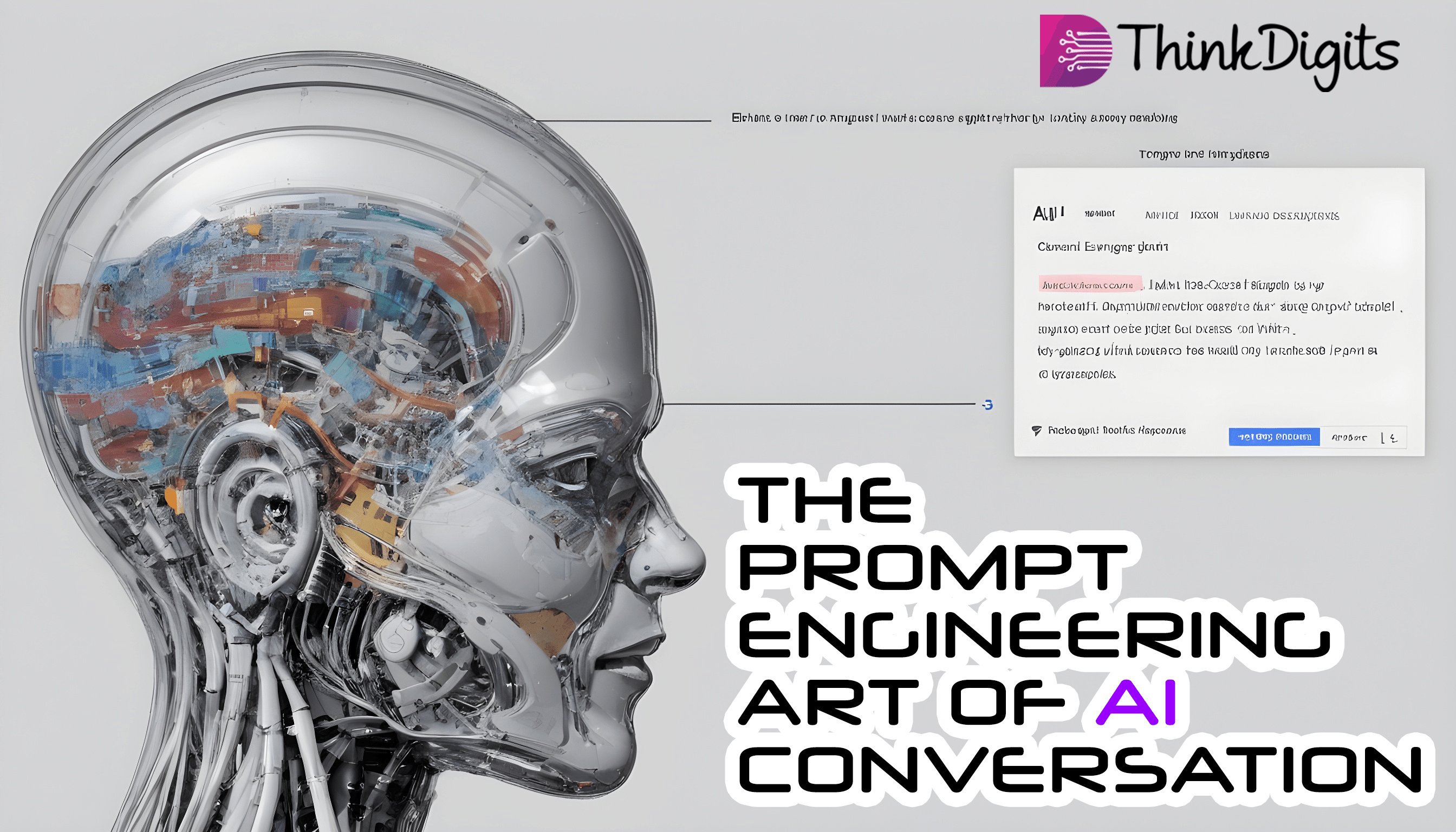The art of engineering AI conversations involves a delicate balance between technical prowess and understanding the nuances of human interaction. Here are some key aspects to consider when crafting conversational AI
Natural Language Understanding (NLU):
- Implement robust NLU models to accurately interpret and understand user input. This involves parsing sentences, identifying entities, intents, and extracting context.
- Use techniques like Named Entity Recognition (NER), sentiment analysis, and part-of-speech tagging to enrich the understanding of user queries.
Context Management:
- Maintain context across dialogues to enable more coherent and relevant conversations. This involves remembering previous interactions, user preferences, and session history.
- Implement mechanisms for gracefully handling context switches and maintaining conversational flow.
Intent Recognition:
- Develop models capable of accurately recognizing user intents to fulfill their requests effectively. This may involve training classifiers or using machine learning algorithms.
- Allow for ambiguity and provide prompts or clarifications when necessary to disambiguate user intent.
Response Generation:
- Craft responses that are not only grammatically correct but also contextually appropriate and engaging. Leverage natural language generation (NLG) techniques to generate fluent and coherent responses.
- Personalize responses based on user preferences, history, and the tone of the conversation.
Emotional Intelligence:
- Incorporate emotional intelligence into AI systems to detect and respond appropriately to user emotions. This may involve sentiment analysis, tone detection, and empathy modeling.
- Tailor responses to match the emotional tone of the user, providing comfort or encouragement when needed.
Ethical Considerations:
- Ensure that conversational AI systems are designed and trained with ethical considerations in mind. This includes respecting user privacy, avoiding biases, and promoting inclusivity and diversity.
- Implement safeguards to prevent the dissemination of misinformation or harmful content.
Feedback Mechanisms:
- Incorporate mechanisms for collecting feedback from users to continuously improve the conversational AI system. This could include explicit feedback prompts, implicit feedback analysis, and user surveys.
- Use feedback data to iteratively refine the AI models and enhance the overall conversational experience.
Adaptability and Learning:
Design AI systems that can adapt and learn from interactions with users over time. This involves incorporating reinforcement learning techniques, user feedback loops, and continual model updates.
Enable the AI system to dynamically adjust its responses based on user feedback and evolving conversational patterns.
By carefully considering these aspects and iteratively refining the AI models, engineers can create conversational AI systems that are not only technically proficient but also capable of engaging in natural and meaningful interactions with users



